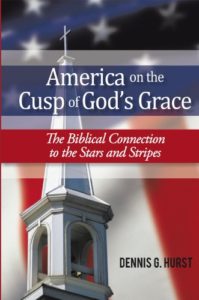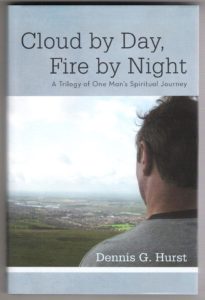Tags
Billy Graham, Christ, Christianity, Everlasting, Experience, Family, Freedom, Genealogy, God, Jesus Christ, Lessons, Liberty, Life, Posterity, Teaching, Wisdom
Share it
My adaptation of the brilliant piece authored by fellow-writer Gerard Vanderleun, posted in his own masthead American Digest .. Sometimes it takes a writer’s intuition to recognize another writer’s prophecy fulfillment, and such is the case between yours truly and the masterful Vanderleun. Both of us have experienced chequered backgrounds, vaunted states of acclamation, and personal relationships and marriages gone adrift from the biblical moorings of fidelity. More to the point, is that both writers were brought under the hand of the Master through trial, tribulation, persecution, repentance, forgiveness, and acceptance. God has been most merciful and forgiving in each of our lives, while Jesus Christ deserves recognition for reaching out to draw us into the fold. Not quite as dramatic perhaps, as Paul on the road to Damascus; but “Damascus” takes on many different forms and hues, as Jesus Christ pursues those to whom he desires to be strong soldiers of faith. Thereby, He and He alone, receives all the honor, all the glory, and all the praise for pursuing each of us to acceptance. To God be all the glory.
Sole Deo Gloria!
Were we led all that way for
Birth or Death? There was a Birth, certainly,
We had evidence and no doubt.
— T. S. Eliot, “The Journey of the Magi”
Theirs was the Age of Myth; a world where night was not dimmed by the web of lights that now obscures the stars. Their nights were lit by flaring torches, dim oil lamps, guttering candles; by the phases of the moon and the broad shimmering river of the Milky Way. As the sun declined and night ascended, life withdrew into shuttered and barred homes. Only the very rich or the very poor were abroad in the dark.
The night sky, now so thin and distant, so seldom really seen, was to them as thick and close as a handful of coal studded with diamonds. They could turn it in their mind’s eye even as it turned above them. They reclined on their hill sides, their roofs, or in rooms built for viewing and marking the moon and the stars. They watched it all revolve above them and sang the centuries down. They remembered. They kept records and told tales. They saw beings in the heavens — gods and animals, giants and insects, all sparking the origins of myth — and they knew that in some way all was connected to all; as above, so below, “on Earth as it is in Heaven”. They studied the patterns of it all and from those repeating patterns fashioned our first science, astrology.
And, like all our other celebrated sciences since, they looked to astrology to give them hints about the future, about what they should do, what they should expect, what they should become. They looked to their science then, as many look to their science now, to remove their doubt.
In time stronger, more intricately argued sciences would rise upon the structures of the proto-sciences of astrology and alchemy; sciences that chained demons with data. These new data-based sciences would push the first sciences into the realm of myth, speculation, superstition and popular fantasy. And, as it is with our advertising, promise, big promise is the soul of our brave new sciences.
The new sciences, you see, are much, much more about “Reality” than the old sciences. They will never be tossed aside as so many playthings of mankind’s youth. The authority of our astronomy, our biology, our physics, our chemistry and others is, we fervently believe, as certain as the pole star. Unlike astrology and alchemy, they will never be questioned; they will be built upon.
It is a central tenet of our faith in science that the new will encompass the old in one endless and eternal conservation of sense and sensibility. In this cathedral we worship a database. We can see outward to the edge of what is, and downward into time was to (almost) the moment of Creation. We can see inward into (almost) the mute heart of matter. We have the proven method. We have the hard evidence. We know that nothing is, in time, beyond our knowing. All doubt has been removed. We are the Alpha and Omega. Our science is now as eternal and as deeply grounded in truth as… well, as astrology was in 5 B.C.
Somewhere around 5 B.C. three of the world’s leading astronomers/astrologers noticed something unusual in the sky. It could have been a comet. It could have been a supernova. It could have been a rare conjunction of Saturn and Jupiter. Whatever it was, it was strange enough for them to travel towards it. Or so it is said. Or so it is written. Or so it is remembered from the time of myth.
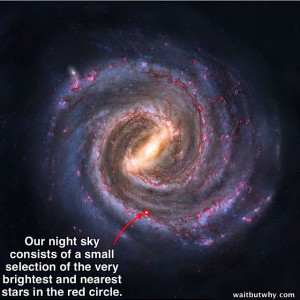 Myth or history? What is the reality of this road trip towards an obscure birth in a wretched town, during a not very pleasant passage in history, over 2,000 years in our past?
Myth or history? What is the reality of this road trip towards an obscure birth in a wretched town, during a not very pleasant passage in history, over 2,000 years in our past?
We do not know. We cannot know. As it is in so much else that we ignore it is not given to us to know.
We have only shards of pottery and fragments of texts snatched from desert caves or teased out of the soil with tin trowels and brushes. We have only the sifted detritus of history; a global jigsaw puzzle where ninety-nine percent of the pieces have long gone to dust.
Our past is a handful of ashes. It is beyond our gift to ever know the difference between an inspiring folk tale and the eyewitness accounts of something that, even today, would occupy the realm of the miraculous. For today, in the realm of the mysteries, we no longer have any time for the good or the beautiful; we have no time for miracles. We have only time for denigration.
In 2004 Time and Newsweek, endeavored, in their ham-fisted way, to gin up some circulation with articles that purported to “examine” the miracles surrounding the intersection of the divine with a world now buried two millennia deep in the ash of the Earth. We shall probably see the same sort of thing this year. The cheapening of the spirit in this culture,”the expense of reason in a waste of shame,” by those whose lamp of the soul burns low, is now as predicable as the winter solstice.
In the manner of these publications, and the habits of the sodden intellects that grind them out for small silver, a lot of time was spent on the “question” of the Virginity of Mary, the mother of Christ. It’s a scurrilous bit of work. A “hit piece” on Mary, in the jargon of the magazine trade. For all the preening of these publications, the articles were just two chunks of thinly veiled anti-Christian porn, sops to secular hedonists in search of a cheap thrill by imbibing another hit of their favorite pap. These kinds of magazine articles always strike a chord of sadness in me, because I know at last the true cost of creating them. They are a curious kind of self-damnation in life, and, as a result, a waste of life.
Beneath all the buffed prose and appeals to experts and phoned-in quotes from scholars, the articles rose to little more than the coarse chortling of fraternity boys in the early drunken hours of the morning: “A virgin? Right! Sure. Any wife’d tell her husband that if she suddenly…”
In the offices of Time and Newsweek, there is no room for wonder beyond the fact that, for fewer people every passing year, they are still publishing and still making payroll. So far. Anything else, anything that might have within it the spark of the divine, is fit for nothing except denigration. This belief squats at the cold dead center of their editorial philosophy, a philosophy they share with untold millions of our coarsened fellow citizens. And still they cannot comprehend why year after year, no matter how cheap they price their subscriptions, their circulation continues to decline. In none of their editorial meetings do any of those attending look about them and declare that they have become “an alien people clutching their gods” in a land that finds them more and more dispensable.
We will leave them in their conference rooms high above the Avenue of the Americas, and wish them a “Happy Holiday. Have a good one.” It is far more interesting to ponder, instead, those ancient ancestors who had no doubts that what they had seen in the heavens was unusual enough to travel.
In 5 B.C. “travel” was not something undertaken lightly. It involved, across distances that would seem trivial today, risks of life and death at every turn. It required wealth and endurance. Few traveled for pleasure. To travel at all required a motivation far beyond the ordinary. So, at the very least, while we cannot know what was in the sky in those days, we can be certain it was something very unusual.
In his short story, “The Star,” Arthur C. Clarke’s Jesuit narrator of the far future discovers the remnants of a civilization destroyed by a violent nova so that its light might announce the birth of Christ on Earth. The story has that ironic twist that is popular with authors and pleasing to readers. I remember it as making an impression on me when I was around 12 years old. But the story does not age well because the science of it, like all science, does not age well. The story is just 53 years old.
In 1957, when I was twelve years old, we all lived in a far smaller universe with far fewer stars for God to destroy by way of cosmic birth announcements. Now that the inventory of His stars has increased a billion fold, I think it is safe to say He could have found one to suit His purpose that didn’t involve destroying a blameless alien race. He could simply pick one deeper in the field and, well, ramp up the volume. That sort of thing is just an afterthought once You’ve got omnipotence. It might even do double duty if You could use a star in an area that might need a few more heavy elements across the next brief one or two billion years of Your plan.
Sages and mystics, Eliot and Clarke, and a host of others have all had their turns with the story of The Star. In the end it remains what it was when it began, a story. The story of a road trip by three astrologers, kings, wise men. A journey by men who saw something special in the heavens and determined to follow it wherever it led, no matter what the cost.
To see something special. To see something beyond yourself and your imaginings. To follow it wherever it leads. To always remain prepared for miracle. That is the inner music of the story of The Star. Like all stories that survive, it is the music of the heart and not of the head, and like the heart, it will endure.
“Were we led all that way for
Birth or Death? There was a Birth, certainly,
We had evidence and no doubt.”
To have “evidence and no doubt.” That is what those that put themselves forward as our “wise men” seem to propose to us day after day from their sterile rooms high above the avenues. They have the “data” from which we should derive, they insist, doubt about all that for which they have no evidence, no data.
First and foremost in their blinded vision is their iron requirement that we should doubt the original myths that have made us and sustained us as individuals and as a people across the centuries. In their pointless world, they would have us cast off the old myths and embrace their “new and improved myths — complete with evidence;” myths made of purposeless matter “hovering in the dark.”
And seeing what these “wise men” have become, we turn. We turn away.
Instead, every year a bit more it seems, a tide has shifted in the hearts of men and we turn like a lodestone to the deeper myths of the human heart; that place where The Star will always shine — always within and yet always beyond us.
In the end, the Mystery is the Gift.
Sole Deo Gloria!
Adaptation by DGH from Gerard Vanderleun, in his American Digest

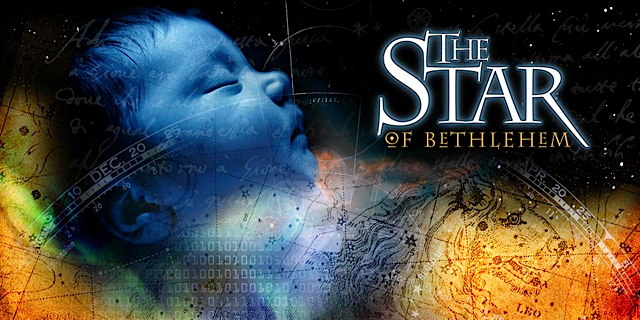

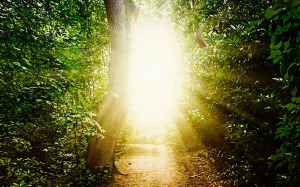
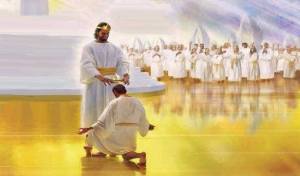
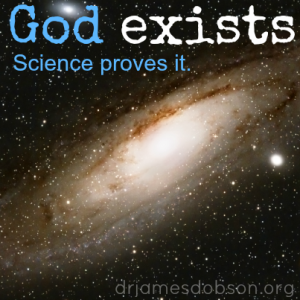
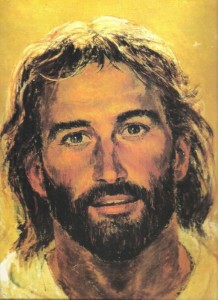
 Link To DennisGHurst.com
Link To DennisGHurst.com